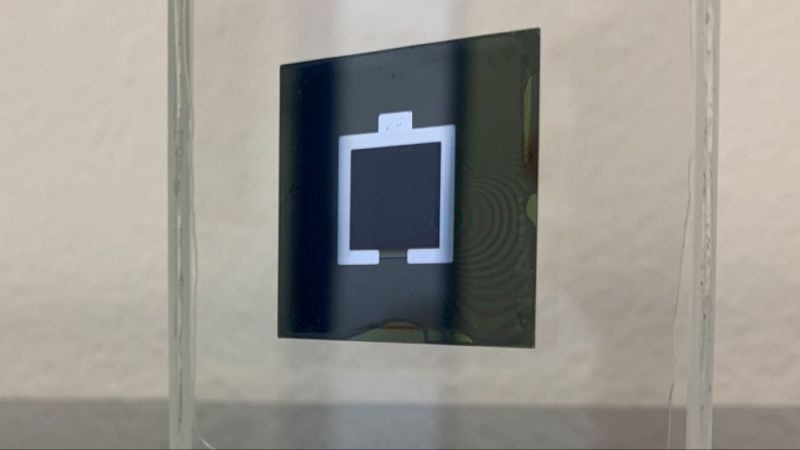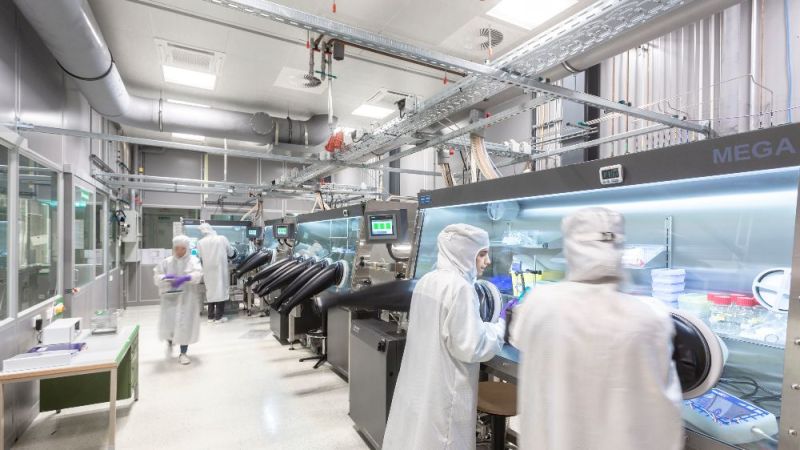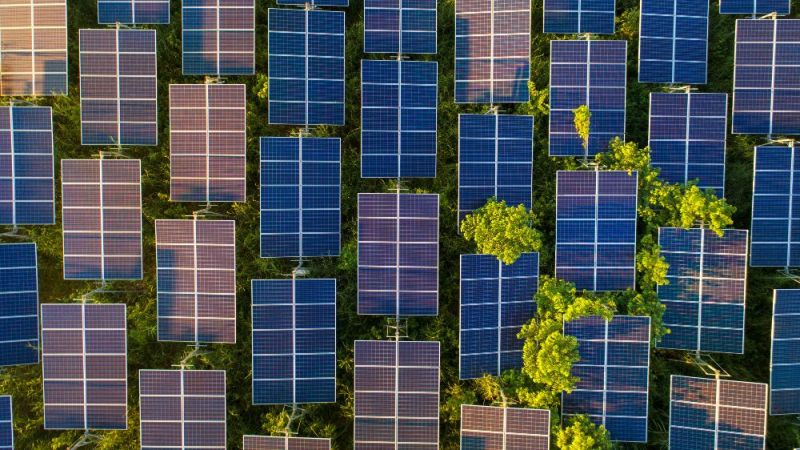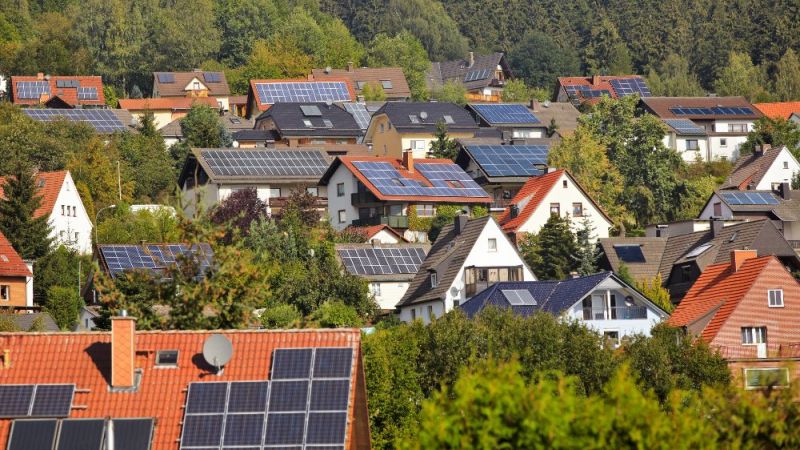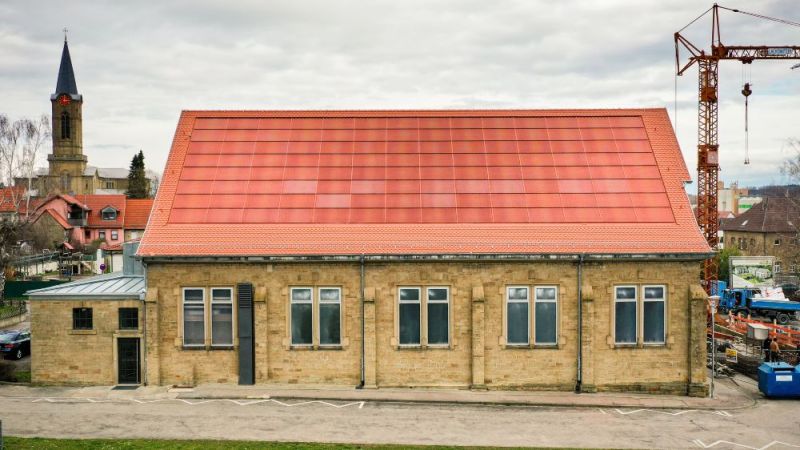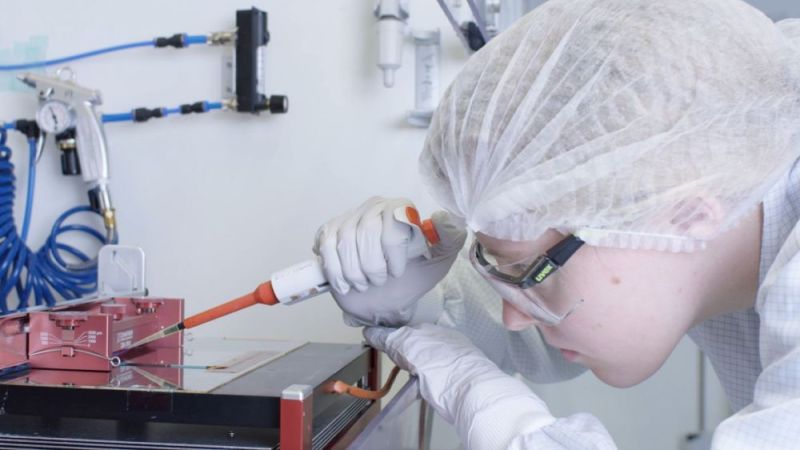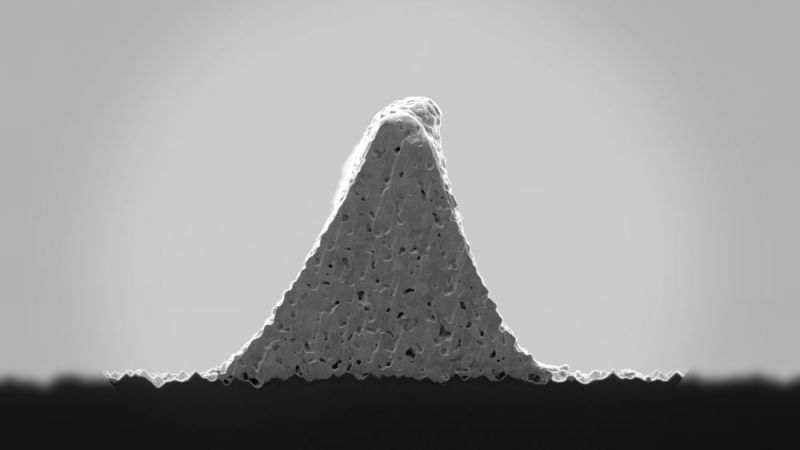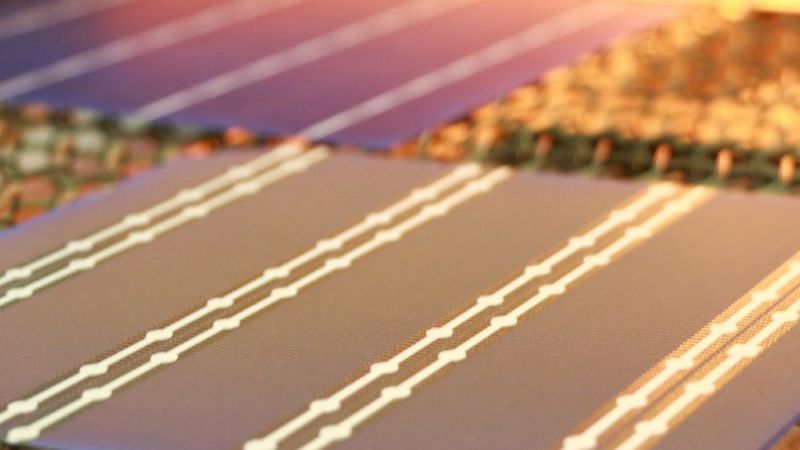Photovoltaics
Perovskite tandem solar cell ready for series production achieves efficiency record
28.7 per cent efficiency is the new world record for a solar cell ready for series production. Silicon at the bottom, perovskite on top - thanks to known basic structures, this high efficiency can be transferred directly into practice.
The Helmholtz-Zentrum Berlin (HZB) and the research department of the company Q Cells worked closely together for their record result within the PeroQ research project. The HZB has already been working on research into perovskites as a material for tandem solar cells for several years. As a project partner, Q Cells provided the necessary industrial equipment and its own cell concept, the so-called Q.ANTUM technology. This is used in the record-breaking cell as the bottom cell layer.
Q.ANTUM is essentially based on the PERC cell, short for "Passivated Emitter and Rear Cell", which is commonly used in series production. The rear side and contacts are optimised compared to the predecessor standard. This constellation - standard silicon cell plus perovskite - makes the new record-breaking cell particularly cost-efficient; production processes and infrastructure are already in place. "This means that tandem technology could quickly revolutionise the photovoltaic market", predicts Professor Steve Albrecht, group leader at HZB and junior professor at the Technical University of Berlin.
Laboratory result transferred to industrial production
Under laboratory conditions, the Berlin research centre achieved the world record of 29.8 per cent for a silicon perovskite cell in late 2021. The 28.7 per cent result now achieved by the series-production-ready tandem cell builds on this. "It's remarkable how close the jointly achieved efficiency with a series-production-ready bottom cell already comes to what we can achieve on a laboratory scale", said Professor Bernd Rech, scientific director of HZB.
In general, tandem cells offer the possibility of exceeding the natural efficiency limits of silicon cells. The different materials that are layered in the process use different wave lengths of light. The classic silicon cell forms the basis and is combined with other semiconductor materials, such as perovskites in this case. This allows it to convert a higher proportion of the incident sunlight into power. (mb)


